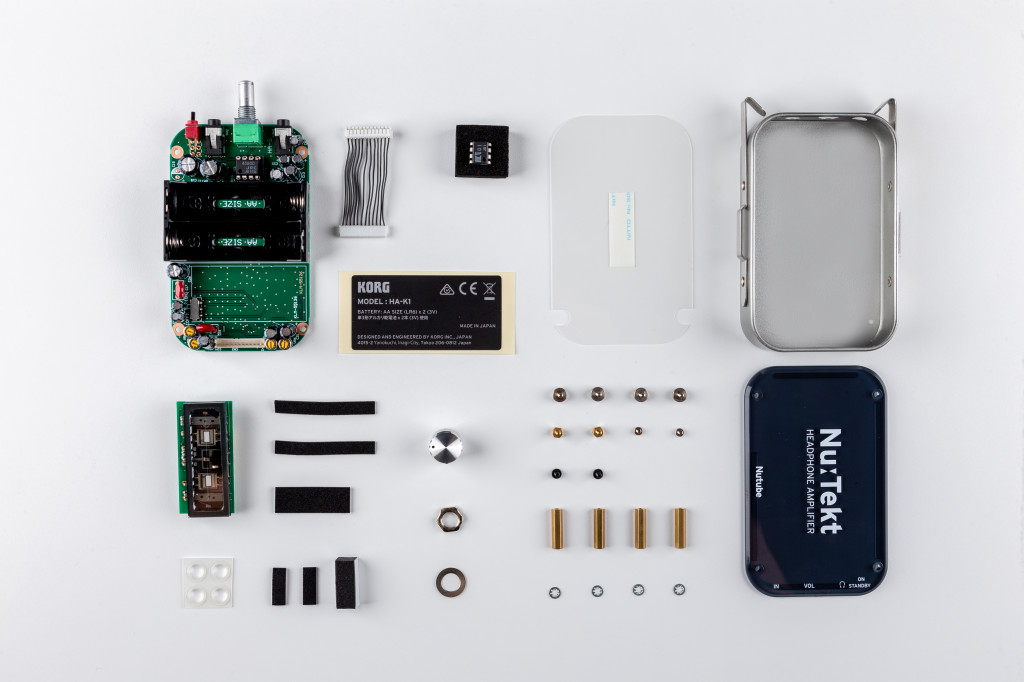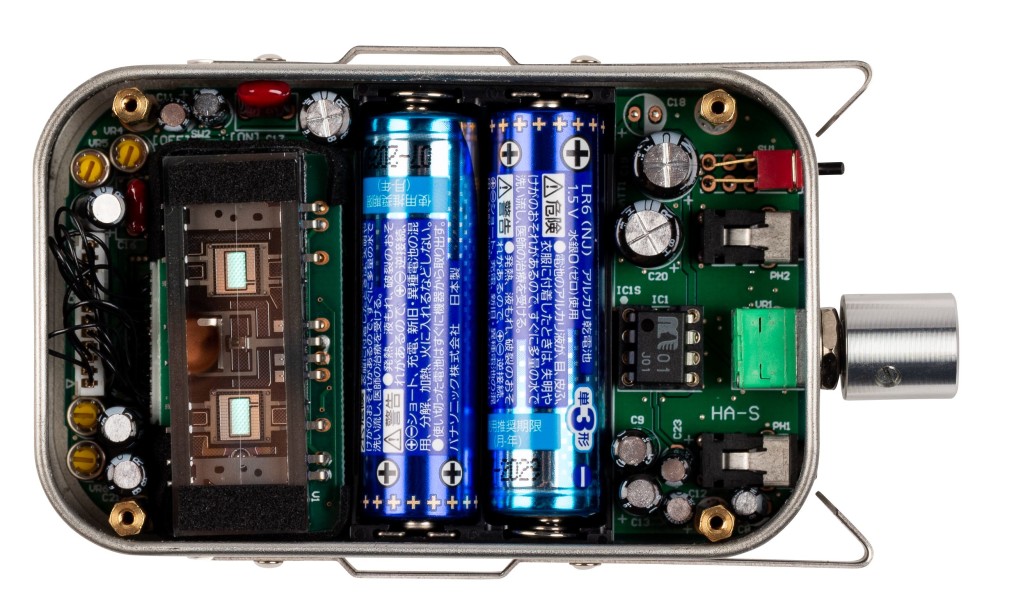KORG are adding to their inexpensive, easy put-them-together kits with a headphone amp and valve overdrive. Totally tubular.
You know how consumer tech mostly works now – pieces of glass and metal and plastic that are about as easy to get into as some alien obelisk or sphere in a sci-fi movie. You have no idea how anything works inside, you didn’t put it together, you can’t modify it, and the company that made it seems to own it. If it breaks, you go to them.
Music gear was never this way. But KORG’s kits are quietly returning to the days when some modification was an expected benefit for gear owners.
The Nu:Tekt line came out first with the NTS-1. That’s still the most exciting Nu:Tekt, in that it’s pretty close to having a voice from the ‘logue line – and since it supports the ‘logue SDK, you can run a variety of downloadable third-party oscillators and effects on it, some of them free.
The valve overdrive and headphone amp are not really anything like that, but they do look like fun and useful tools, and they’re still delivered as a kit.
There’s no soldering or anything advanced on these kits – as far as assembly, they’re the musical equivalent of those snap-together model airplanes for children. But on the other hand, they’re the opposite of a lot of our consumer society today. You still handle the parts and put them together.

And while that’s just busy work, KORG are keeping with the idea of customization with each of these products, which is interesting – especially from a big music gear brand, and not just a boutique operation. The customization takes different forms on each of these two new products.
Short version:
- There’s a tube-based overdrive effect
- There’s a tube-based headphone amplifier
…and each lets you modify parts to customize its sound, if you so choose.

OD-S Nutube Overdrive
KORG have been pushing their all-new, all-analog Nutube tubes, made with Noritake Itron Corporation. They’re small, energy-efficient, and stable compared to vintage tubes, but offer similar sound.
So just as the NTS-1 put a ‘logue synthesizer voice into a compact kit, so does the OD-S give you quick and easy overdrive access in your own little overdrive pedal. And that’s appealing to synthesists and guitarists alike, I think.

Part of what makes this interesting are the controls. There are two gain knobs instead of one. There’s input gain, as you’d expect, but also TUBE GAIN, which adjusts the load on the tube – so you get a second timbral control to color the distortion, in other words. And there’s a switch with two overdrive types / ranges – low and high.
But what’s customizable about it?

Well, that’s the fun part – this thing is built to be modified. As KORG explains:
For advanced users who want to customize their tone further, the modification-friendly layout allows you to change out discrete components to create your own unique pedal to match your desired tone and performance. The possibilities are endless. Circuit diagrams are readily available in the download section.
Of course, if you’re advanced enough to do that, you could also just build your own overdrive from scratch. But the nice thing here is, your basic layout is done, you’ve got a housing, you’ve got that cool, modern tube, and you can just swap out parts. That puts you in the role of the engineers finishing and tuning a design rather than trying to start one from scratch.
https://www.korg.com/us/products/effects/od_s/

HA-S Nutube Headphone Amplifier Kit
On the headphone amp, you also start with the Nutube, but apply it to a warm headphone amp. (Blah blah “audiophile” something something. Hey, if it sounds good, I’m in.)
KORG have included a switch so you can choose whether or not the tube adds harmonic content. That gives you an option of a colored or clean sound; hopefully the clean sound is useful for monitoring applications.
But as with the OD-S, you can make modifications:
For further sound modification, we have included two OP amp options for the output: the premium audio oriented “MUSES01” and the industry standard “NJM4580”, both from JRC. These can be easily replaced so even the most purist audiophiles will be able to customize and adapt the sound of their HA-S to their heart’s content.
For advanced users who want to customize their amplifier even more, the circuit diagrams are readily available, making it really easy to change discrete components and make your own and unique headphone amp matching your desired tone and performance, the possibilities are endless!


https://www.korg.com/us/products/audio/ha_s/
To me, this doesn’t look as generically useful as the overdrive – I’d prefer my headphone amp to be as neutral as possible, and I’m not particularly interested in modifying it, especially if I need to monitor a mix for production. I realize that probably means I’m not the target demographic anyway.
But they’re both nifty ideas, and they demonstrate that KORG are up for sharing kits containing small but tasty bits of their tech. There’s not any other big maker doing anything like this, and it builds on work KORG has already done, like making hackable analog instruments and releasing their MS-20 filter circuit.
It also shows that hackable and open can be made manageable by focusing on a particular area. That seems to broaden appeal of those sorts of modifications, and brings music gear back full circle to an era when manufacturers posted circuit diagrams as an expected part of documentation.
CDM is awaiting final availability and pricing on these products. Let us know if you have other questions for KORG.